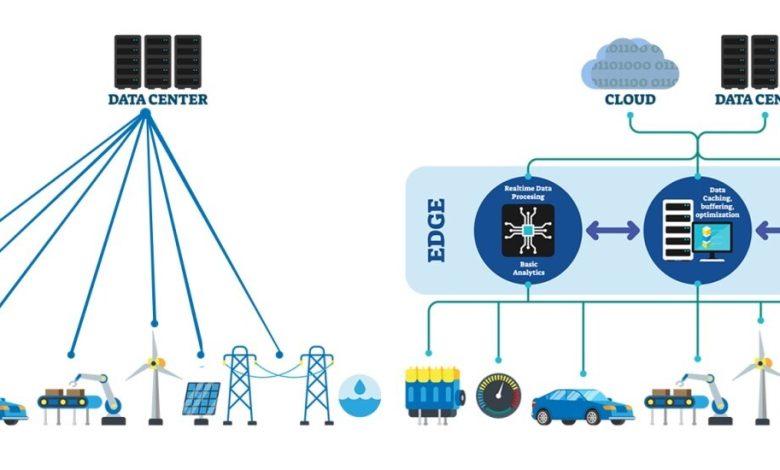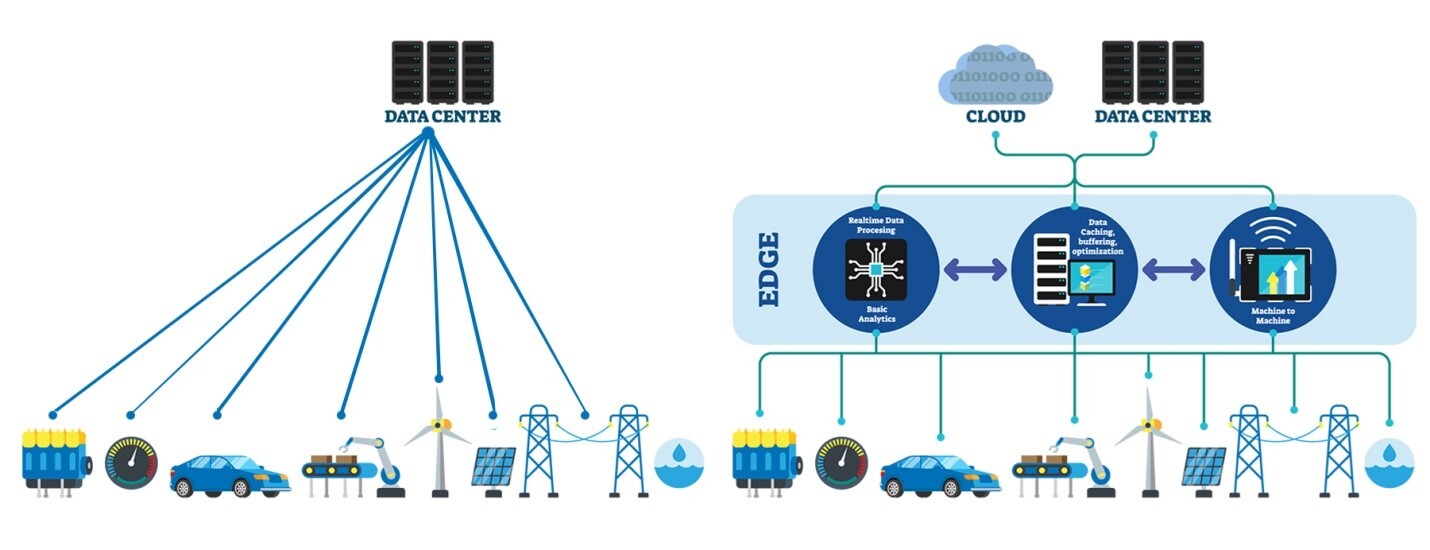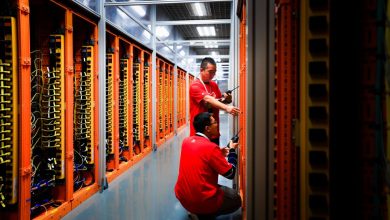
At first glance, Red Hat and the edge may seem like binary opposites. When you hear Red Hat, you would most likely think of operating systems, servers, data centres and the cloud. The edge, on the other hand, is the edge—something you won’t immediately relate to Red Hat’s domain of servers and data centres and cloud environments. But it is close to where the action happens. It is right where data is produced and ingested, to be processed as quickly as possible for it to be used accordingly.
Think of the edge as a smaller or scaled-down data centre but one with the same capabilities as a traditional server and placed near sources of data. The logic behind it is to keep bottlenecks from happening, whether at the data centre itself or in the pathways taking data from its source to the centralised server. The goal, therefore, of edge computing is to make way for scenario B (below) and prevent scenario A where possible. This is especially critical given Gartner’s prediction that by 2025, as much as 75% of enterprise-generated data will be created outside the data centre. With this data explosion, networks and the Internet itself will be vulnerable to congestion and disruption—even with the rise of the cloud.

Scenario A Scenario B
The obvious solution, therefore, is to bring the data centre closer to the data, and that could be anywhere from cars plying roads, to remote offices, to retail stores and even as far out as the International Space Station. This obvious solution, though, while critical and enabling, can be very complex. In fact, The Linux Foundation admitted as much in its State of the Edge report, where it wrote: “The edge, with all of its complexities, has become a fast-moving, forceful and demanding industry in its own right.”
Success at the edge is about managing and deploying applications quickly and consistently across a span of systems, environments (bare-metal and cloud-native) and vendors or service providers. Critically, DevOps teams should be able to create applications and then deploy them anywhere seamlessly, with no changes in performance. Likewise, IT teams have to be able to effectively automate both management and security—but at scale.
Additionally, success at the edge will require DevOps teams to be equipped in order to operate and compute in real-time and in a range of environments, and to manage Kubernetes clusters of different configurations sizes. This is largely the reason various edge deployment architectures are becoming commonplace so as to enable better performance thanks to faster speeds and reduced latency.
All these are possible only with a successful edge architecture that provides a consistent experience for both DevOps and IT. Kubernetes and Red Hat OpenShift can enable this kind of consistency, delivering it in operations and application development from the core data centre all the way to the edge. Red Hat OpenShift brings full Kubernetes capabilities to the edge, thus allowing DevOps and IT to use the exact same tools and processes but significantly reducing the burden that comes with deploying, configuring, provisioning, managing and monitoring containerised applications.
Red Hat OpenShift offers a full stack of automated operations spanning hybrid cloud, multi-cloud and edge deployments. It is also optimised for flexibility and productivity, thus helping DevOps and IT deploy applications not on specific environments only but wherever they make the most sense for your organisation. In other words, Red Hat OpenShift brings together the flexibility of cloud services, virtualisation, microservices and containerisation and combines it with the speed and efficiency of edge computing. The end results, in turn, are increased functionalities, reduced latency, expanded bandwidth and maximisation of your virtual and on-premises infrastructure.
Used in concert with Red Hat Advanced Cluster Management for Kubernetes and a robust ecosystem of partners and operators, Red Hat OpenShift will enable organisations to build and manage a successful edge architecture that can meet the needs of even the most demanding use-cases, including video analytics, preventive maintenance and Artificial Intelligence/Machine-Learning. Putting it simply, Red Hat OpenShift can help organisations win at the edge.
Click HERE to find out more about Red Hat and why you should choose it for your edge computing needs.





